Unpacking the Autonomous Uber Fatality as Details Emerge [Updated]

Details are trickling in about the fatal incident in Tempe, Arizona, where an autonomous Uber collided with a pedestrian earlier this week. While a true assessment of the situation is ongoing, the city’s police department seems ready to absolve the company of any wrongdoing.
“The driver said it was like a flash, the person walked out in front of them,” explained Tempe police chief Sylvia Moir. “His first alert to the collision was the sound of the collision.”
This claim leaves us with more questions than answers. Research suggests autonomous driving aids lull people into complacency, dulling the senses and slowing reaction times. But most self-driving hardware, including Uber’s, uses lidar that can functionally see in pitch black conditions. Even if the driver could not see the woman crossing the street (there were streetlights), the vehicle should have picked her out clear as day.
The location of the accident further complicates things. Using information provided by local authorities and images from the scene, we found the the area where the accident took place. The location is a point in the road (northbound Mill Ave.) where a designated bike lane opens up to meet with traffic attempting to make a right turn. Following the incident, the self-driving SUV appears to have stopped in that turn lane with damage visible on the right side of its hood.
However, early reports (written prior to examining the car’s video data) claimed 49-year-old Elaine Herzberg was pushing a bicycle down the center median and crossed into the street when she was struck. There is a walking path there, which includes two pedestrian exits into to the street with a confusing “do not cross” sign. But how the damage came to be on the right side of the vehicle if Herzberg entered from the western median is difficult to make sense of — especially if there was no time to react. At the most likely point of entry, two lanes open for lefthand turns while northbound traffic continues on in the center. There is also a walkway that exits at a narrower point with just two lanes of northbound traffic, but it’s a bit further south.
According to the initial police report, the SUV was traveling at 38 mph and made no attempt to brake. “[Based on video evidence] it’s very clear it would have been difficult to avoid this collision in any kind of mode [autonomous or not] based on how she came from the shadows right into the roadway,” Moir told the San Francisco Chronicle.
Again, the Uber’s lidar should have taken care of that. But, if Herzberg did enter from the median as originally claimed, there is a chance she was obscured by trees until she was already in the road. As the police have not provided the on-board video from the vehicle or established a clear sequence of events, it’s hard to understand exactly what happened.
Moir said the incident occurred within 100 yards of a crosswalk, which would place Herzberg’s most-likely position in the bike line. But the probable entrance point from the median isn’t much further back, so it remains a possibility. We’re hoping the police release the video footage soon. While nobody is excited to see a tragic death caught on camera, it’s the best way to make sense of what happened. We’ve reached out to the Tempe Police Department for clarification and will update accordingly.
Meanwhile, the National Transportation Safety Board has launched its own investigation into the incident. The team consists of Investigator-in-Charge Jennifer Morrison and three additional team members who will examine vehicle factors, human performance, and electronic recorders.
UPDATE: Sgt. Ronald Elcock of the Tempe Police Department confirmed for us that the Herzberg entered traffic from the west side of the road (via the median) and the accident occurred in the northbound lanes. The investigation is ongoing.
[Images: Uber; Google]

A staunch consumer advocate tracking industry trends and regulation. Before joining TTAC, Matt spent a decade working for marketing and research firms based in NYC. Clients included several of the world’s largest automakers, global tire brands, and aftermarket part suppliers. Dissatisfied with the corporate world and resentful of having to wear suits everyday, he pivoted to writing about cars. Since then, that man has become an ardent supporter of the right-to-repair movement, been interviewed on the auto industry by national radio broadcasts, driven more rental cars than anyone ever should, participated in amateur rallying events, and received the requisite minimum training as sanctioned by the SCCA. Handy with a wrench, Matt grew up surrounded by Detroit auto workers and managed to get a pizza delivery job before he was legally eligible. He later found himself driving box trucks through Manhattan, guaranteeing future sympathy for actual truckers. He continues to conduct research pertaining to the automotive sector as an independent contractor and has since moved back to his native Michigan, closer to where the cars are born. A contrarian, Matt claims to prefer understeer — stating that front and all-wheel drive vehicles cater best to his driving style.
More by Matt Posky
Latest Car Reviews
Read moreLatest Product Reviews
Read moreRecent Comments
- Marcr My wife and I mostly work from home (or use public transit), the kid is grown, and we no longer do road trips of more than 150 miles or so. Our one car mostly gets used for local errands and the occasional airport pickup. The first non-Tesla, non-Mini, non-Fiat, non-Kia/Hyundai, non-GM (I do have my biases) small fun-to-drive hatchback EV with 200+ mile range, instrument display behind the wheel where it belongs and actual knobs for oft-used functions for under $35K will get our money. What we really want is a proper 21st century equivalent of the original Honda Civic. The Volvo EX30 is close and may end up being the compromise choice.
- Mebgardner I test drove a 2023 2.5 Rav4 last year. I passed on it because it was a very noisy interior, and handled poorly on uneven pavement (filled potholes), which Tucson has many. Very little acoustic padding mean you talk loudly above 55 mph. The forums were also talking about how the roof leaks from not properly sealed roof rack holes, and door windows leaking into the lower door interior. I did not stick around to find out if all that was true. No talk about engine troubles though, this is new info to me.
- Dave Holzman '08 Civic (stick) that I bought used 1/31/12 with 35k on the clock. Now at 159k.It runs as nicely as it did when I bought it. I love the feel of the car. The most expensive replacement was the AC compressor, I think, but something to do with the AC that went at 80k and cost $1300 to replace. It's had more stuff replaced than I expected, but not enough to make me want to ditch a car that I truly enjoy driving.
- ToolGuy Let's review: I am a poor unsuccessful loser. Any car company which introduced an EV which I could afford would earn my contempt. Of course I would buy it, but I wouldn't respect them. 😉
- ToolGuy Correct answer is the one that isn't a Honda.


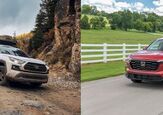

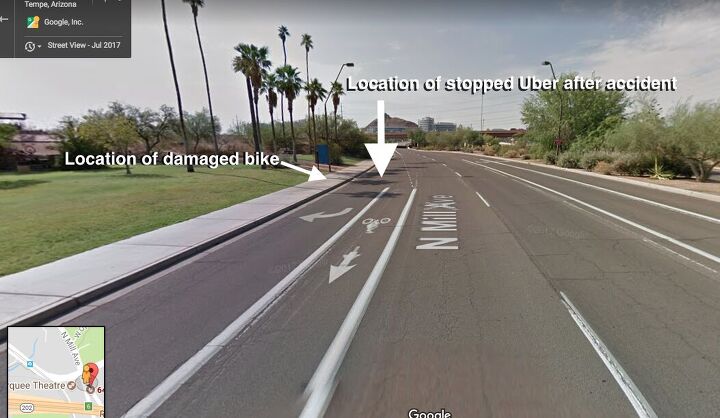












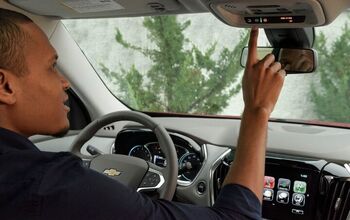

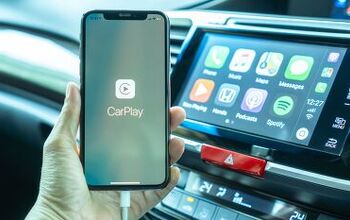


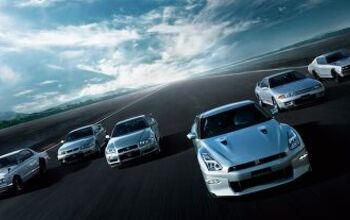


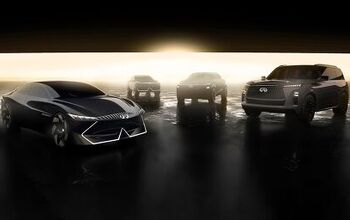

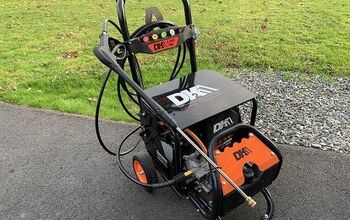

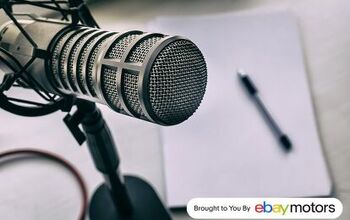
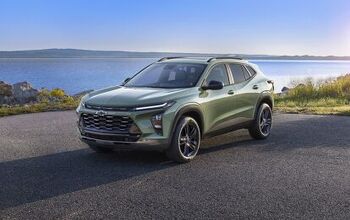
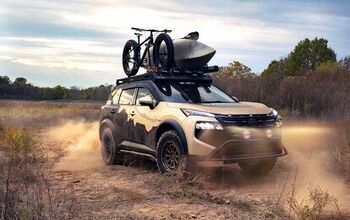
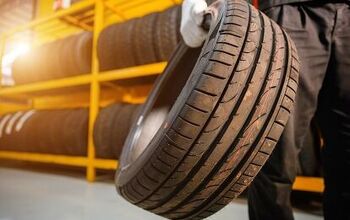


Comments
Join the conversation
Firmware engineer here. These kinds of accidents will happen when technologies first started, especially during war time because the risk of not acting is worse than the risk of your test pilot dying or your solders killed with failed equipment. It is unfortunate, and it is not avoidable but hopefully all parties involved do the best they can to minimize the probability of it happening. The "driver" should be at least a professional that collect logs and test the car / software with a "fail safe" attitude that makes a failed software do a minimum amount of damage. It is better to have a computer shut down the car or do a false emergency brake than to run over a pedestrian, or cause the car behind you to rear end you than you rear end the car in front of you. Remember: there is no bug free software, and there is no "perfect" human driver. Hopefully the software is safer than the human driver, and is tested as much as possible.
Three video screenshots show the victim walking her bike into the road from the left clearly illuminated by the headlights. Although the A/V didn't apply the brakes, it's not clear if the human "driver" could have stopped in time either. The victim nearly made it across as it's the right front fender that was damaged. It's still not OK to hit anyone/anything with a motor vehicle; accidents can and will happen. I see no proof that A/Vs will be any better or worse than we humans in that regard.